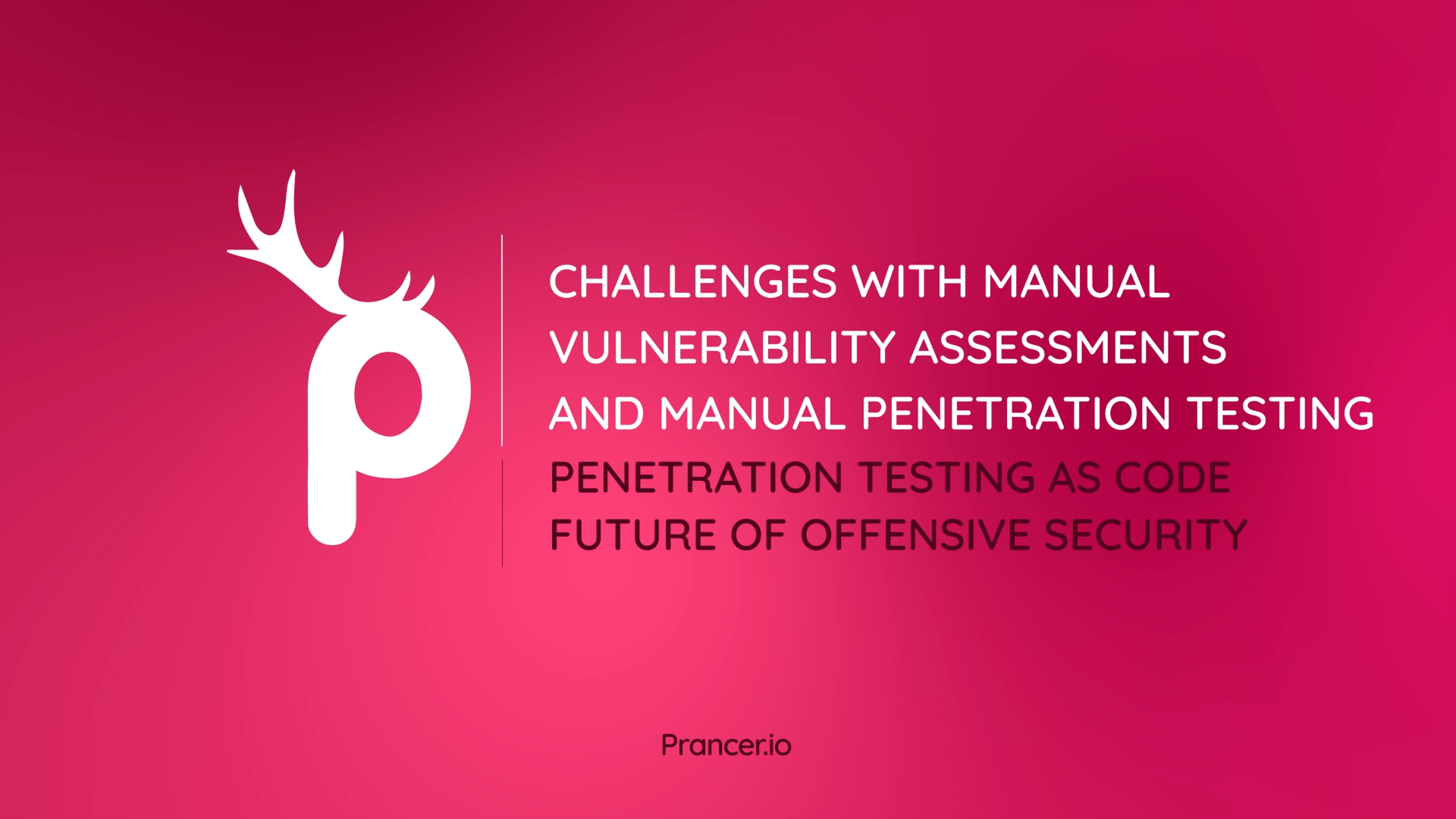

The main problem with manual checks for weaknesses and security tests is that they are slow, costly, and don’t grow with modern ways to quickly create software. Finding and using all the weaknesses in a system can take weeks or even months. And it’s hard for security teams to stay on top of the changing world of danger from hackers.
Automated penetration testing proves a viable breakthrough in overcoming the hurdles of manual vulnerability assessments. APT speeds up the detection and exploitation of weaknesses in sync with contemporary CI/CD procedures. APT, in turn, is an incredibly fast, affordable, and effective way for security teams to deal with evolving security problems in real-time.
The first problem is about how much penetration testing can be done. Security testers can only test things they know and see. They must know about all possible weaknesses so they can use them. But because new security threats are showing up all the time, it’s not possible for those who test these systems to know everything.
The second problem is about how correct the results are in hacking tests. Normally, penetration testers get many false results and true misses in their discoveries. This is because penetration testers can only check the part they know and can get to. They can’t take advantage of all the weak spots in a system. It’s hard for pen testers to see how an app works in its code details. So, they often miss true threats or label harmless things as a danger when testing apps.
The next challenge for manual penetration testing is triage validation of the results. Security teams need to verify all the findings and prioritize which ones are critical so they can be fixed. This is a very time-consuming process that takes lots of effort from security professionals. And it’s difficult for them to prioritize based on their knowledge and experience.
The last challenge with manual testing which we want to talk about here is CI/CD integration. It is not possible to integrate testing to application developers pipeline and create an automated system out of that. Penetration testers need to manually review and validate the findings from their testing results which is not possible to automate.
Prancer‘s manual checks for weak spots in computer systems and hacking tests can take up a lot of time, cost money. They don’t always give the same results every time. As cyber attacks get more complicated and common, using hands-on methods might not be enough to protect important information or systems. Using tools like Prancer’s solution for testing, businesses can pretend to be attacked in many ways. This helps them find weaknesses faster and cheaper with more accuracy. Automated penetration testing for breaking into systems is an important way to keep businesses safe from possible online dangers and follow the rules.
These are the top six challenges with manual vulnerability assessments and penetration testing. We hope you enjoyed this post!
